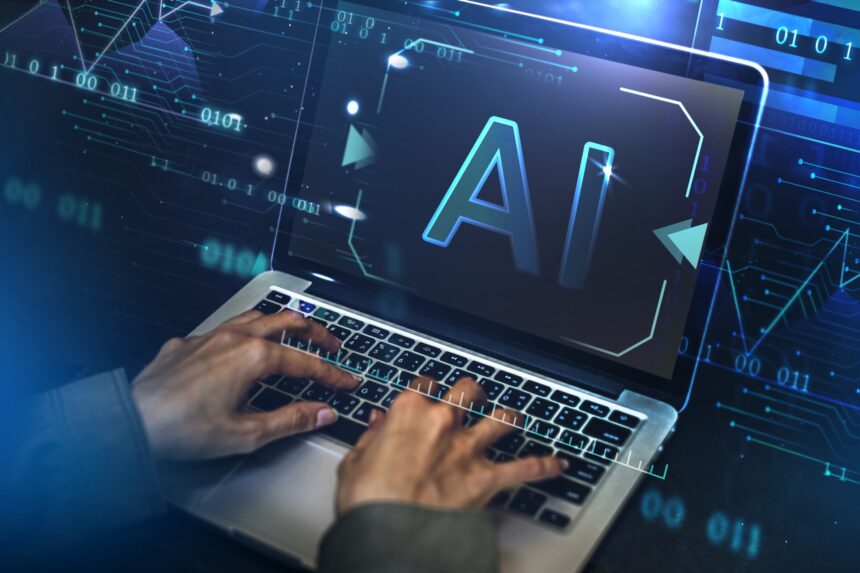Artificial intelligence (AI) has made remarkable strides in recent years, particularly in the realm of image manipulation. Among the most intriguing advancements is the capability of AI to create realistic images of undressed individuals. One tool at the forefront of this technology is nudify. This article delves into the workings of Nudify, its applications, and the pursuit of creating the most realistic AI-generated photos.
Understanding the Technology
The technology behind tools like Nudify is rooted in sophisticated machine learning and deep learning techniques. Central to these advancements are neural networks, particularly Generative Adversarial Networks (GANs), which are designed to generate and modify images with high precision. These networks learn from vast datasets of images to produce outputs that closely mimic real photographs.
Nudify operates by analysing the input image, identifying clothing, and generating a plausible representation of what lies beneath, based on patterns it has learned from its training data. The process involves several steps, including image preprocessing, feature extraction, and final image synthesis.
Applications of AI in Image Manipulation
AI has a wide range of applications in image manipulation across various industries:
- Fashion and Virtual Try-Ons: AI allows users to see how clothes might look on them without needing to physically try them on.
- Medical Imaging and Education: AI creates detailed anatomical images for educational purposes and medical diagnostics.
- Entertainment and Media: AI-generated images and videos enhance visual effects and create realistic animations.
Nudify specifically focuses on generating realistic undressed images, showcasing AI’s advanced capabilities in creating lifelike visuals.
Nudify involves several technical aspects:
- Input Requirements: High-quality input images are necessary for realistic outputs.
- Processing Techniques: Using GANs and deep learning techniques, “Nudify” processes the input image to remove clothing and replace it with a realistic undressed version.
- Output Quality: The tool aims to produce high-fidelity images with accurate lighting, shadows, and textures.
Compared to other tools, Nudify stands out for its user-friendly interface and advanced image processing capabilities.
Realism and Quality Assessment
The realism of AI-generated images is assessed based on:
- Visual Fidelity: Accuracy in detail and resolution.
- Consistency: Harmony in lighting, shadows, and textures to ensure the image looks natural.
Nudify excels in these areas, producing images often indistinguishable from real photos. Continuous advancements in AI technologies push the boundaries of realism further.
Case Studies and Examples
Numerous case studies highlight the effectiveness of Nudify:
- Success Stories: Users have created highly realistic undressed images for personal projects and professional endeavours.
- Challenges and Limitations: Users sometimes face challenges related to image quality and processing limitations.
Examples of images produced by Nudify demonstrate its capability to create stunningly realistic visuals, making it popular among AI enthusiasts and professionals alike.
Future Prospects
The future of AI in image manipulation holds immense potential:
- Advancements in Neural Networks: Improved architectures will enhance the quality and realism of generated images.
- Enhanced Training Datasets: Larger and more diverse datasets will allow AI tools to produce even more accurate and realistic outputs.
As tools like Nudify continue to evolve, we can expect even greater realism and broader applications across various industries, from entertainment to education.
AI’s ability to undress people in images, exemplified by tools like Nudify, showcases the incredible advancements in image manipulation technologies. These tools offer a glimpse into the future of visual content creation, where AI-generated images become increasingly indistinguishable from reality. As we explore these technologies, we uncover new possibilities and applications, pushing the boundaries of what AI can achieve.






